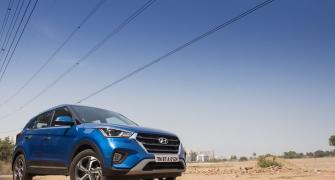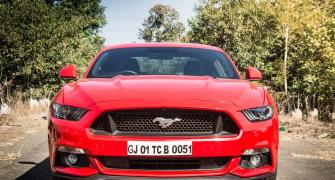It was in the 1960s that the Beetle attained its cult status, when it became almost synonymous with the hippie movement -- and succeeded in shaking off the grim history of its origins.
As Volkswagen announces the end of the Bug's journey, Amrita Singh goes down a nostalgic road.
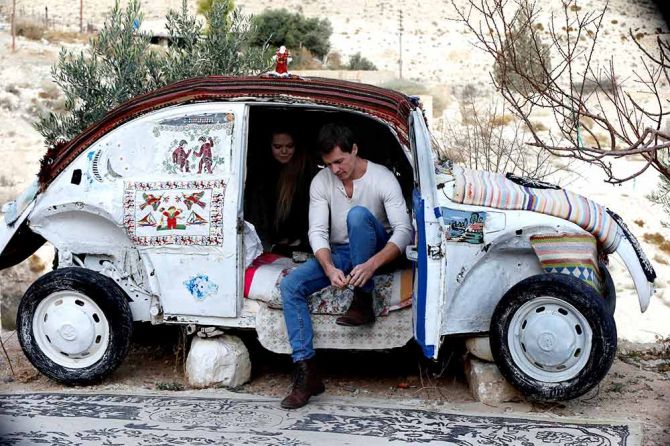
After 80 long years, the Bug that crawled all over the world to become a well-recognised icon and a symbol of pop culture is bidding adieu. Come July 2019 and the production of the Volkswagen Beetle will stop.
But before the Bug's journey comes to a halt, Hinrich J Woebcken, president and CEO of Volkswagen Group of America, has promised that the company will launch two special models -- Final Edition SE and Final Edition SEL -- as an ode to the original "people's car".
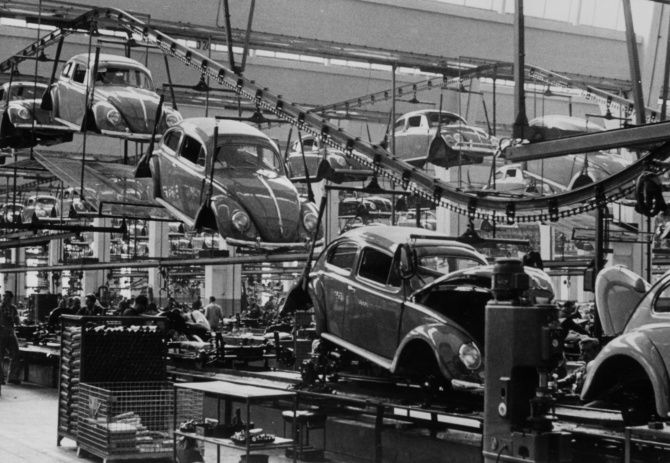
Birth of the Beetle
The history of the Beetle began with Nazi Germany, before World War II, and while it's a pretty car, the same, however, cannot be said about its origins.
In 1934, Adolf Hitler wanted the streets of Germany to be flooded with a people's car that would complement the country's new road network. The car's design was formalised in 1938 and from then on the Volkswagen Type 1, the official name of the car, was produced till 2003. It was informally called the Käfer (beetle) in German, and Beetle is how it came to be recognised the world over.
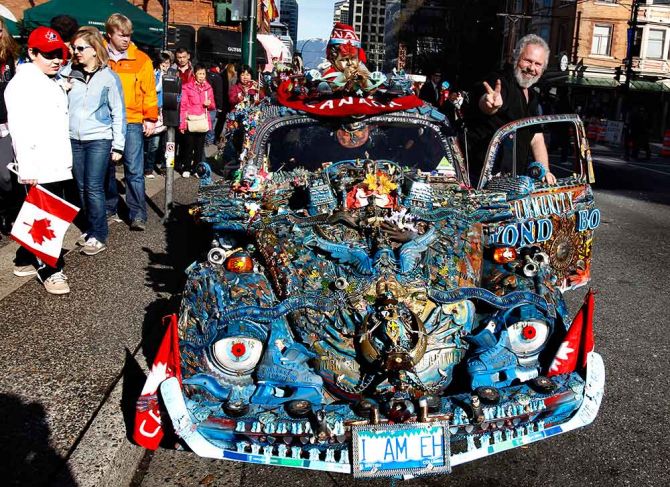
Ferdinand Porsche, the lead engineer of the Beetle project, worked hard to make the car that came with extensive directives from Hitler.
Hitler had insisted on a basic car that could transport two adults and three children at 100 km per hour. The engine had to be powerful enough for sustained cruising and its parts had to be inexpensive and readily available.
The first Beetle was made available to the citizens of Germany through a savings scheme and was priced at 990 Reichsmark (the average weekly income in Germany then was around 32 Reichsmark).
Such was the association with Hitler that in May 2000, Prague commemorated the events of 55 years ago, when its citizens had stood up in arms against the Nazis before the end of the World War II, by rolling a former Soviet T-34 tank over a Volkswagen Beetle. The uprising had ended with the arrival of Soviet troops in Prague on May 9, 1945.
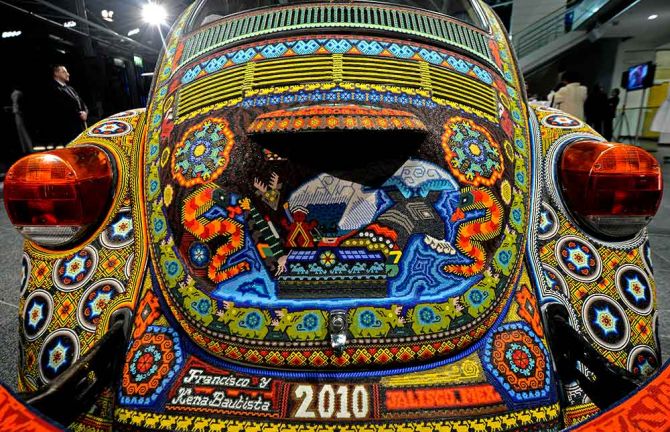
The hippie ride
It was in the 1960s that the Beetle attained its cult status, when it became almost synonymous with the hippie movement -- and succeeded in shaking off the grim history of its origins. It became a symbol of utilitarian transportation and its unique design, which was available in vibrant colours, fit the psychedelic bill. The "people's car" was basic, easy to manage and adaptable. Its sales peaked in the 1960s and ‘70s.
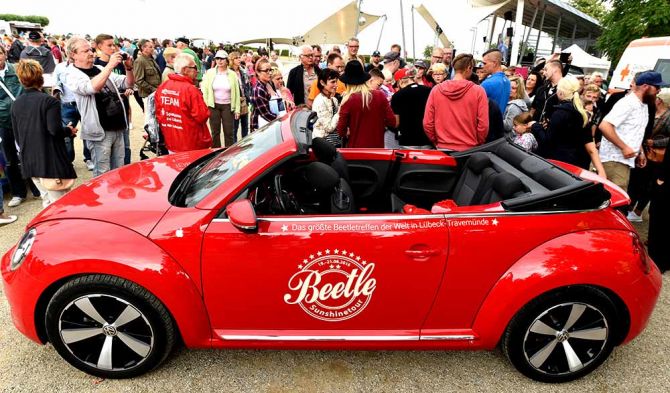
In the spotlight
The Beetle has had its share of stardom. In the 1968 Disney comedy, The Love Bug, it is the protagonist "Herbie", a pearl-white race car with a mind and spirit of its own. Numerous cars are said to have auditioned for the role of Herbie, but it was the little Bug that drove its way to the big screen. Herbie bagged rolls in three other movies and the franchise made Beetle one of Hollywood's most loved cars.
Bye Bye Braverman, another 1968 comedy film (based on the novel To an Early Grave) also feature a Beetle -- this time cramped with Jewish intellectuals who repeatedly discuss the vehicle's Nazi ancestry.
Fifty years later, the Beetle reappeared at the heart of another film, the 2018 science -fiction flick Bumblebee, which is the sixth instalment of the Transformers film series -- as Bumblebee the Autobot, a golden 1975 Super Beetle.
The car has also influenced the Transformers Throttlebots as also the Transformers-inspired toys that were released in 1987.
In fact, the Beetle is one of the most widely replicated car designs for children's toys. Hot Wheels and Matchbox have produced many versions of the buggy Beetle.
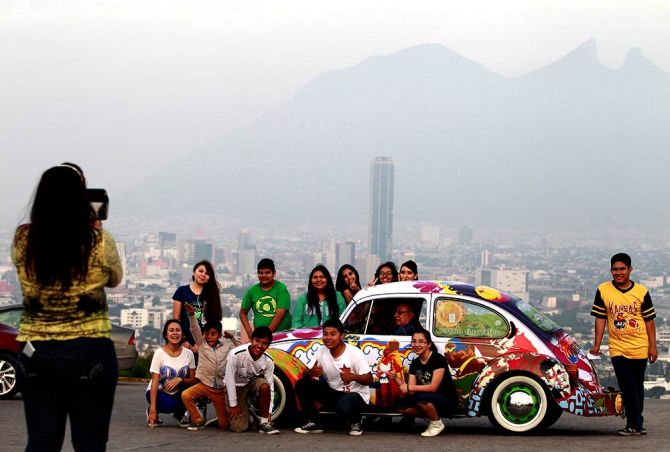
Fan clubs
And then there are the fan clubs, which include women and even children.
When Volkswagen revived the car's sale in 1998 with the "New Beetle", it mainly attracted women buyers due to its size, make and colours.
The car has its own fan following in India, with various clubs operating in cities such as Bengaluru and Mumbai. There is, for example, the VW Beetle Club of Mumbai and the Bangalore Beetle Club.
The Beetle, in fact, is today among the most wanted vintage cars in India.
Cover Photograph: Ina Fassbender/Reuters




